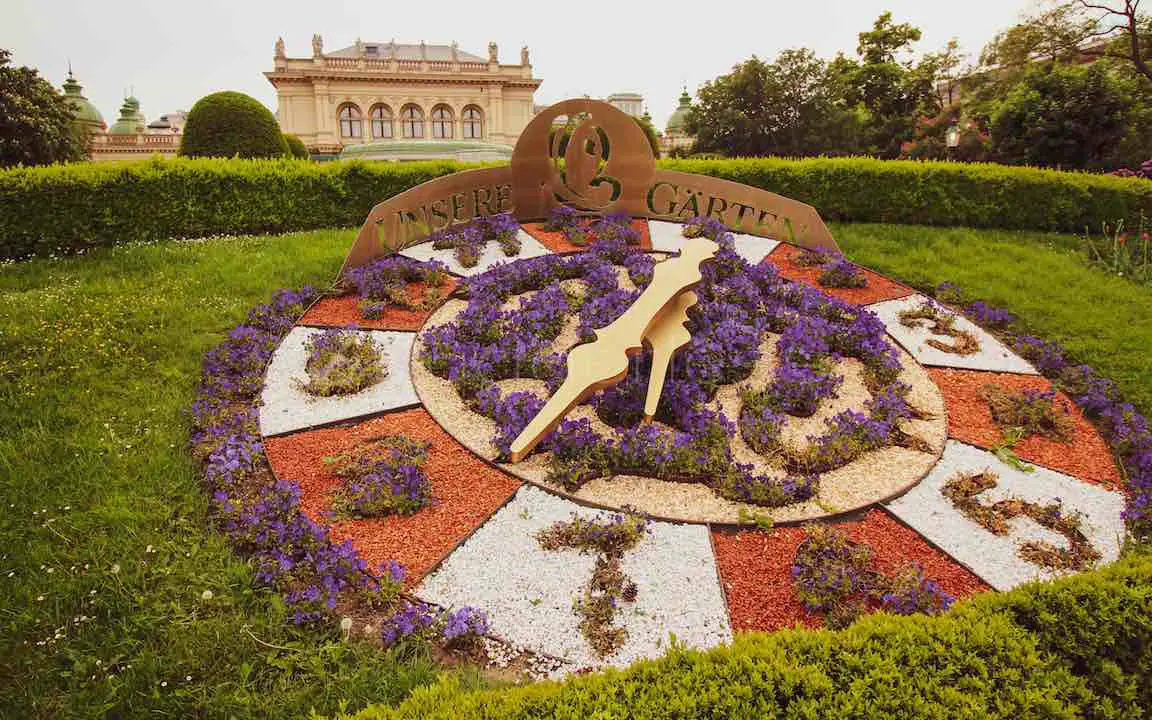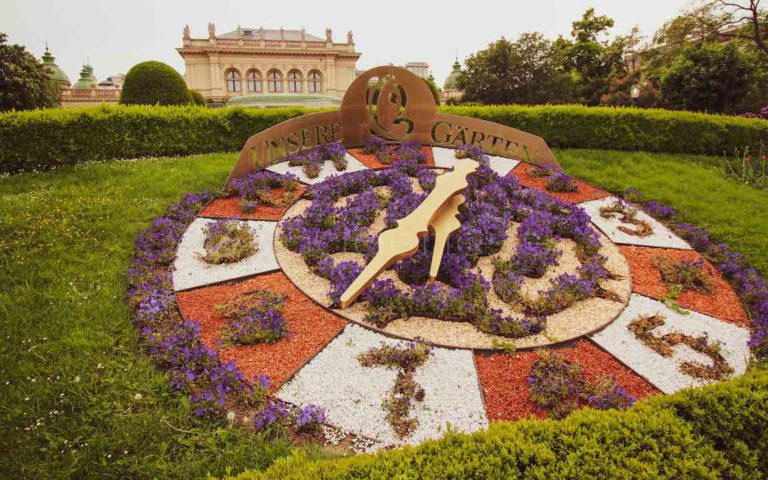
Austria

Austria Travel
Regarding Austria Travel, Austria is a beautiful country with stunning scenery, plenty of activities and lots to explore. With its charming cities and villages, rolling hills, lush alpine forests and majestic lakes and rivers, Austria is the perfect location for anyone looking for an unforgettable travel experience. Whether you plan to sightsee in Vienna or visit the quaint Alpine town of Salzburg, you’re sure to be amazed by the natural beauty of this iconic country.

The Complete 2 Days In Vienna Itinerary
Vienna was the city I was in when I first learned of my dear friend’s passing. My 2 Days in Vienna itinerary, began with a text message from a friend of mine around midnight (Vienna time) asking me what time I would be attending the viewing of a friend of ours. Unfortunately, she didn’t know…
History
- In 1276, Rudolf I started Habsburg’s 750-year-long rule in Austria. In 1848, Franz Josef I, a Habsburg, made many changes to Austria, including creating the Dual Monarchy.
- Austria was annexed into Germany during WWII, and most of the country’s Jewish population was killed and forced to leave in the holocaust.
- Austria only became a fully independent country again on October 25, 1955.
Capital City
Austria’s capital city is Vienna. This is a popular Austria travel destination for tourists who visit Austria for the first time.
Read More: Find my itinerary for a two-day stay in Vienna.
Currency
Austria uses the Euro.
Food
Austria is a beautiful country filled with magnificent landscapes and interesting culture. However, more importantly for many visitors, it also has some of the most fabulous food you will ever taste! From rich stews and delicate pastries to hearty dishes like Kaiserschmarrn, you will not be disappointed by the range of flavours and textures Austria offers.
Wandering around Austria, it’s easy to find delicious snacks that require little effort after a long day of sightseeing. Try classic Austrian dishes such as Wiener Schnitzel or Tafelspitz, Vienna’s most famous specialty for lunch or dinner. Other treats include Salzburger Nockerln (sweet egg dumplings), Apfelstrudel (apple pastry) and Kletzenbrot (fruit-filled bread). The region’s distinctive pastry shops serve freshly-baked cakes ranging from Sachertorte to Mocha-Kuchen.
Of course, no Austrian culinary experience would be complete without washing it down with an ice-cold beer or glass of handcrafted wine.
Tafelspitz
Tafelspitz is a popular dish served throughout the country and a favourite of Emperor Franz Joseph’s. This boiled beef is served with boiled potatoes, applesauce and horseradish.
To make the perfect Tafelspitz you need only three main ingredients: high-quality boiled beef (usually from the cow’s rump), clarified butter, and some freshly grated horseradish. The beef is cooked in boiling salted water for a few hours until it is soft and tender. Then it is sliced and served with potatoes, applesauce, and finely grated horseradish. Tafelspitx can also be served with various vegetables such as carrots or broccoli.
Selchfleisch
Selchfleisch is the perfect Austrian delicacy! Selchfleisch, sometimes referred to as “speck”, is cured and smoked pork belly, served with vegetables. It can be found in restaurants throughout Austria and is a popular street food around traditional markets.
Selchfleisch has a rich history in Austria going back centuries. The dish was traditionally made using game animals such as deer, boar, and wild hare.
Snitzel
A staple of Austrian cuisine, it’s a thin cutlet of meat covered with bread crumbs and is fried until it’s crisp and golden brown. While pork schnitzel is common, you may also find variations made from beef or turkey.
Strudel
If you find yourself in Austria, don’t forget to check out one of the country’s most famous snacks- Strudel. Strudel is a thin pastry, filled with an array of sweet or savory ingredients and baked in an oven. It is said that the recipe was first invented by Austrian bakers and it has been delighting locals and visitors ever since!

Electricity
Austria’s standard electric voltage is 230V so appliances between 220 and 240 V work just fine. The average frequency is 50Hz.
Public Transit & Getting Around
Public transport makes it easy to get from point A to B in Austria. Of course, if you’d like to drive yourself you can rent your own transport.
Buses & Trams
In Austria, travelling by bus is quick and convenient. Bus and tram services run in most places from dusk to late at night.
Metro
Vienna is the only city with metro systems. The metro runs all night on Friday and Saturday nights. From Sunday to Thursday, it stops around midnight.
Taxis
Taking taxis in Austria is usually done by calling one to pick you up, or finding them at the taxi ranks. But you can try your luck at flagging one down. Just remember to add in a 10% tip.
Driving
Austria Travel by car.
Rent a Car before You Go
Renting a car is one of Austria’s best ways to get around. There are many reputable car rental agencies available that offer competitive prices and a wide selection of vehicles.
Be Prepared for High-Speed Limits
Austria has some of the highest speed limits in Europe. Motorway and expressway speed limits are 130 kilometres per hour (kph) (80 miles per hour), while other highways have 100 kph (62 mph) speed limits set by law.
Know Local Road Rules & Regulations
In Austria, all traffic drives on the right side of the road, with cars overtaking from the left side when passing another vehicle on single-lane roads or highways. Driving under the influence of alcohol is forbidden; if caught drinking while driving, law enforcement officers might issue severe punishments like jail time or hefty fines up to 1000 euros.
Watch Out for Bicycle Riders
Austrian cyclists can take advantage of roadside bike paths that allow them to ride safely throughout most parts of the country’s cities and villages. As a result, be careful when navigating city streets; watch for cyclists crossing intersections or stopping suddenly just ahead of your car’s current location.
Is Austria Travel Safe?
Austria is safe, but you should still be vigilant of your surroundings to avoid pickpocketing.
An essential Austrian travel safety tip is carrying photocopies of your travel documents. Immigration control may pop up at border crossing points at any time.
There is a risk of avalanches which could disrupt your travelling. It’s best to follow the advice of local authorities and your tour operator.
It’s illegal in Austria to wear anything that conceals the face and makes facial features unrecognizable. Since the pandemic, the ban has been lifted, and face masks are allowed.
